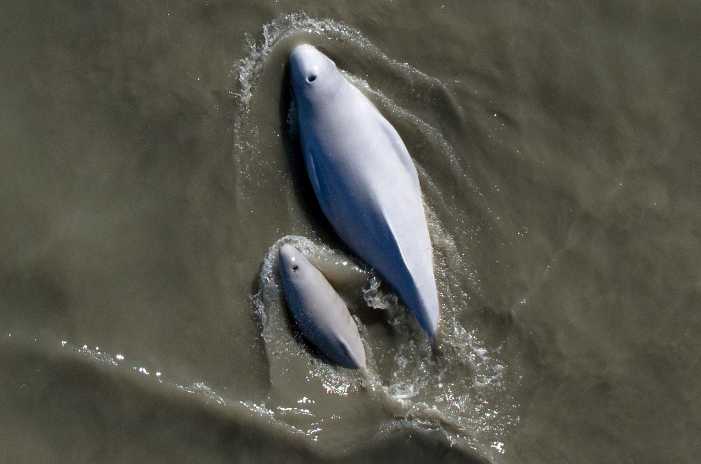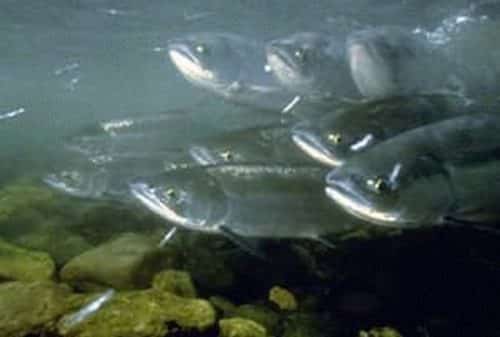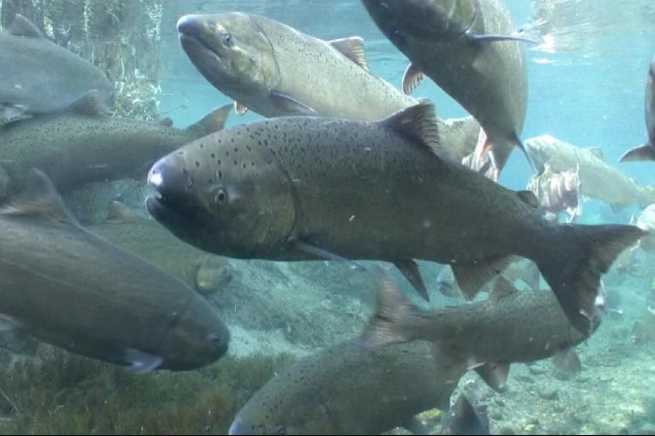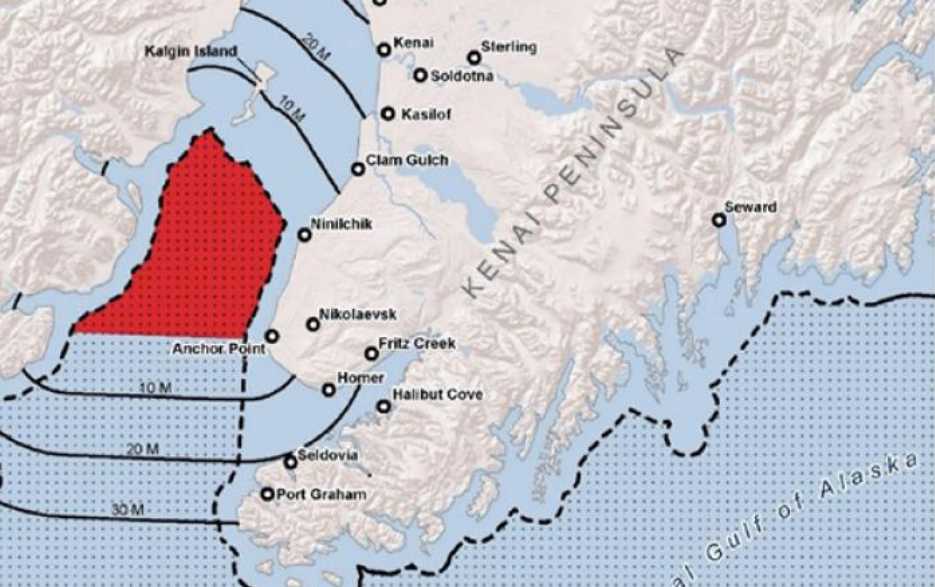Deliveries of wild salmon to Alaska processors now tops 124 million fish. This represents nearly 20 million pink salmon more than the past week.
The latest preliminary salmon harvest report from the Alaska Department of Fish and Game puts the catch at 58,194,000 humpies, 53,907,000 sockeyes, 11,266,000 chum, 1,110,000 silver and 217,000 Chinook salmon. Productive fishing for red salmon is continuing at Kodiak, Cook Inlet, and the Alaska Peninsula and Aleutian Islands.
Fisheries economist Garrett Evridge, of the McDowell Group, notes that at this point in the season sockeyes and pink salmon each account for about 45 percent of the total. The statewide sockeye harvest is on track to be the fourth largest on record, while other species are lagging.
The year-to-date pink salmon harvest is about one third lower than year-to-date 2017. Roughly 112 million humpies had been harvested at this point in the 2015 season, and the 2013 year-to-date harvest accounted for 148 million humpies. Most areas are well behind the 2017 harvest pace with Kodiak being the exception.
At Cordova they’re hoping for rain – lots of it – in dry creek beds, so the humpies can start moving up into their natal streams at a faster pace. Right now, a lot of the pinks are holding at the mouth of these streams waiting. “What we really need is once it starts raining for it to not stop,” said Charlie Russell, seiner area management biologist for ADF&G at Cordova.
“It’s stressful for the salmon, whose biological clocks have them set to spawn at this time of the year, but they are pretty resilient, and hopefully enough of them will hold on until it rains,” he said.
Enough humpies have gotten upstream to allow the commercial pink salmon fishery to resume earlier this week and now there is hope for a consistent fishery moving forward, he explained.
The keta salmon harvest continues to lag behind the 2018 numbers by approximately 20 percent with weaknesses in most areas overcoming the strong volume posted in Prince William Sound.
Coho production is about a third lower than 2018 and roughly half of the five-year average. The Chinook harvest is nine percent lower than the year-to-date 2018 volume.
Fishermen’s News Online grants permission to the Alaska Native News to post selected articles. Read More at: Fishermen’s News Online.








